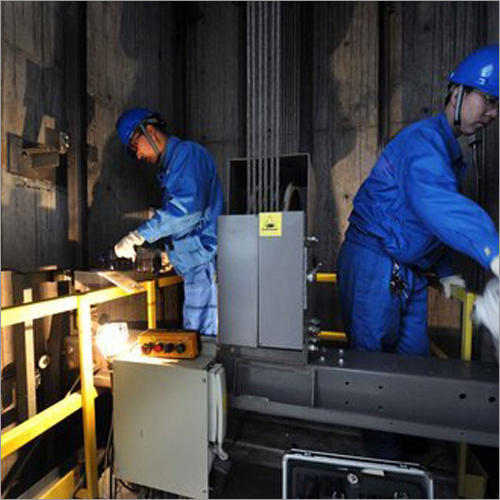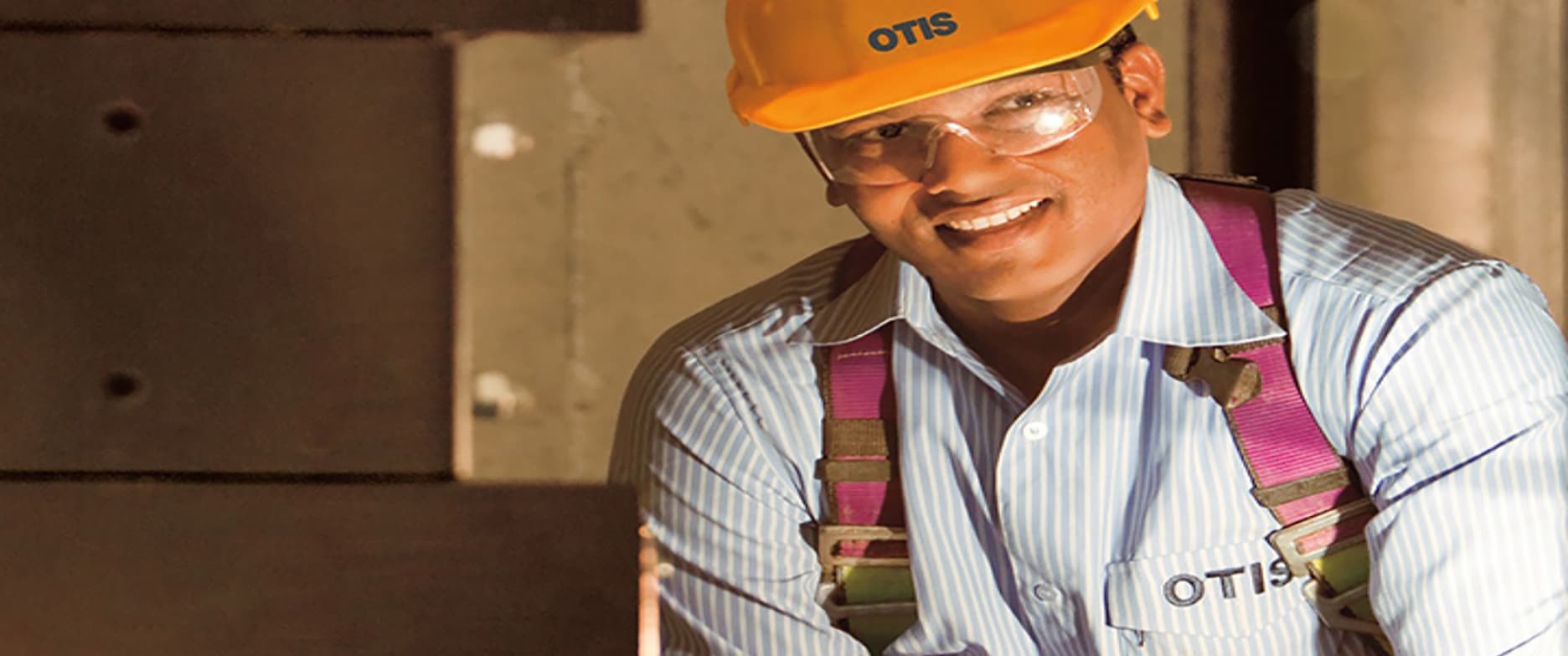How Lift Maintenance London Stands Apart Among Local Lift Repair Companies
How Lift Maintenance London Stands Apart Among Local Lift Repair Companies
Blog Article
Comprehensive Guide to Lift Equipments and Their Maintenance
Navigating the complex world of lift systems and their maintenance is a job that demands accuracy and expertise. From the different types of lift systems in usage to the precise adherence to safety laws, the upkeep of these upright transport tools is a complex venture.
Kinds Of Lift Equipments
The most common types include hydraulic lifts, grip elevators, machine-room-less elevators, and vacuum lifts. Hydraulic lifts are ideal for low-rise structures and use a hydraulic piston to move the elevator cars and truck. Machine-room-less elevators are a space-saving option as they do not need a separate equipment room for the elevator machinery.
Each sort of elevator system has its very own benefits and downsides, making it critical for structure proprietors and designers to thoroughly consider their particular demands prior to choosing one of the most appropriate choice. Aspects such as developing height, space accessibility, power effectiveness, and budget constraints all play a substantial role in determining the very best lift system for a specific structure.
Typical Upkeep Problems
Normal maintenance of elevator systems is essential to ensure smooth operation and extend their life-span. Despite normal upkeep, elevator systems can still come across typical upkeep problems that need to be immediately dealt with to avoid disruptions in solution. Regular assessments and proactive maintenance can assist identify and deal with these common maintenance issues before they intensify and impact the general performance of the lift system.
Security Laws and Compliance
Sticking to stringent safety and security laws and making certain compliance with industry criteria are extremely important for keeping the functional stability of lift systems. Elevators are subject to a comprehensive collection of safety and security guidelines to guard passengers, maintenance workers, and the general public. Governing bodies such as the Occupational Safety And Security and Health And Wellness Administration (OSHA) in the United States and the European Lift Association (ELA) in Europe develop guidelines that cover numerous facets of lift style, operation, upkeep, and installation.
Conformity with these regulations is not only a lawful demand however also a moral obligation for building proprietors and lift maintenance business. Failure to fulfill safety and security criteria can result in fines, legal liabilities, and, most notably, endanger the security of individuals making use of the elevator. Normal evaluations, maintenance checks, and adherence to safety procedures described in the laws are crucial to make sure the safe and efficient operation of lift systems. By focusing on safety and security guidelines and compliance, stakeholders can copyright the depend on of the general public and mitigate possible risks related to lift use.
Finest Practices for Upkeep

Building owners ought to likewise consider investing in modernization upgrades to enhance the efficiency and safety of their lift systems. By following these best practices, lift systems can operate efficiently and securely, offering trustworthy vertical transport for passengers.

Advanced Technologies for Efficiency
Applying cutting-edge technologies in lift systems can considerably boost functional effectiveness and guest experience. lift maintenance london. One of the vital innovations in lift technology is the introduction of location control systems. These systems permit passengers to input their wanted floor before getting in the elevator, which then routes them to one of the most effective automobile. By decreasing unneeded stops and maximizing traveling paths, location control systems minimize wait times and blockage in high-traffic structures.
Furthermore, the integration Continued of clever sensors and anticipating upkeep capacities has revolutionized lift upkeep. These sensors can detect prospective issues prior to they rise, allowing proactive maintenance treatments and lessening downtime. Additionally, the usage of energy-efficient components and regenerative drives see it here helps minimize power intake and operating expenses in lift systems.
Additionally, the execution of cloud-based monitoring and remote diagnostics enables real-time monitoring of elevator performance and immediate troubleshooting of any type of breakdowns. This proactive method not just boosts system reliability however additionally enhances the total customer experience by guaranteeing nonstop and smooth elevator operations.
Final Thought
To conclude, recognizing the various kinds of elevator systems, usual maintenance problems, safety and security laws, ideal upkeep practices, and advanced technologies for efficiency is vital for making sure the smooth procedure of lifts. By sticking to safety and security laws and executing best practices for upkeep, building proprietors can lengthen the life-span of their lift systems and make certain the safety and security of guests. It is necessary to remain upgraded on the most up to date innovations in lift modern technology to enhance efficiency and integrity.
The most common types include hydraulic lifts, grip elevators, machine-room-less elevators, and vacuum lifts. Hydraulic lifts are optimal for low-rise buildings and use a hydraulic piston to relocate the lift cars and truck. Machine-room-less lifts are a space-saving option as they do not require a different maker room for the elevator equipment. Regular inspections and aggressive upkeep can help recognize and settle these typical maintenance concerns prior to they escalate and influence the general performance of the lift system.

Report this page